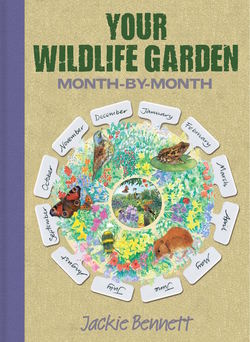Читать книгу Your Wildlife Garden - Jackie Bennett - Страница 25
На сайте Литреса книга снята с продажи.
FEBRUARY
ОглавлениеTypically, this is a wet and bitterly cold month with more than its fair share of snow and ice. Fortunately, the weather does not make all wildlife inactive and in the early morning it is quite possible to see fox and badger tracks, made during the previous night, as they find mates and make preparations for the birth of their cubs.
Resident birds will also be gearing up for the breeding season. An early morning chorus of robins, blackbirds and thrushes signals the increasing interest males and females are taking in one another as they noisily advertise for mates. In a small garden it is unusual to have more than one pair of any particular species nesting, simply because the males will defend their territory against incomers of the same species. Even in mild weather birds are still reliant on supplementary food from the bird table, particularly the females who are building up their strength for breeding. Frogs and toads are beginning to emerge from hibernation, although if the weather is extremely cold they will stay out of sight for another month. Butterflies, particularly brimstones and commas, may be stirred into life by a spell of weak sunshine. This is the month that catkins begin to appear on the branches of hazel and alder trees. Hazel catkins are known colloquially as ‘lambs’ tails’, making a connection in our minds between the first sight of these flowers and the beginning of a new seasonal cycle. Beneath the trees, celandines, sweet violets, spring crocus and snowdrops are making a carpet of scent and colour, offering sustenance to waking insects and setting the scene for spring.
